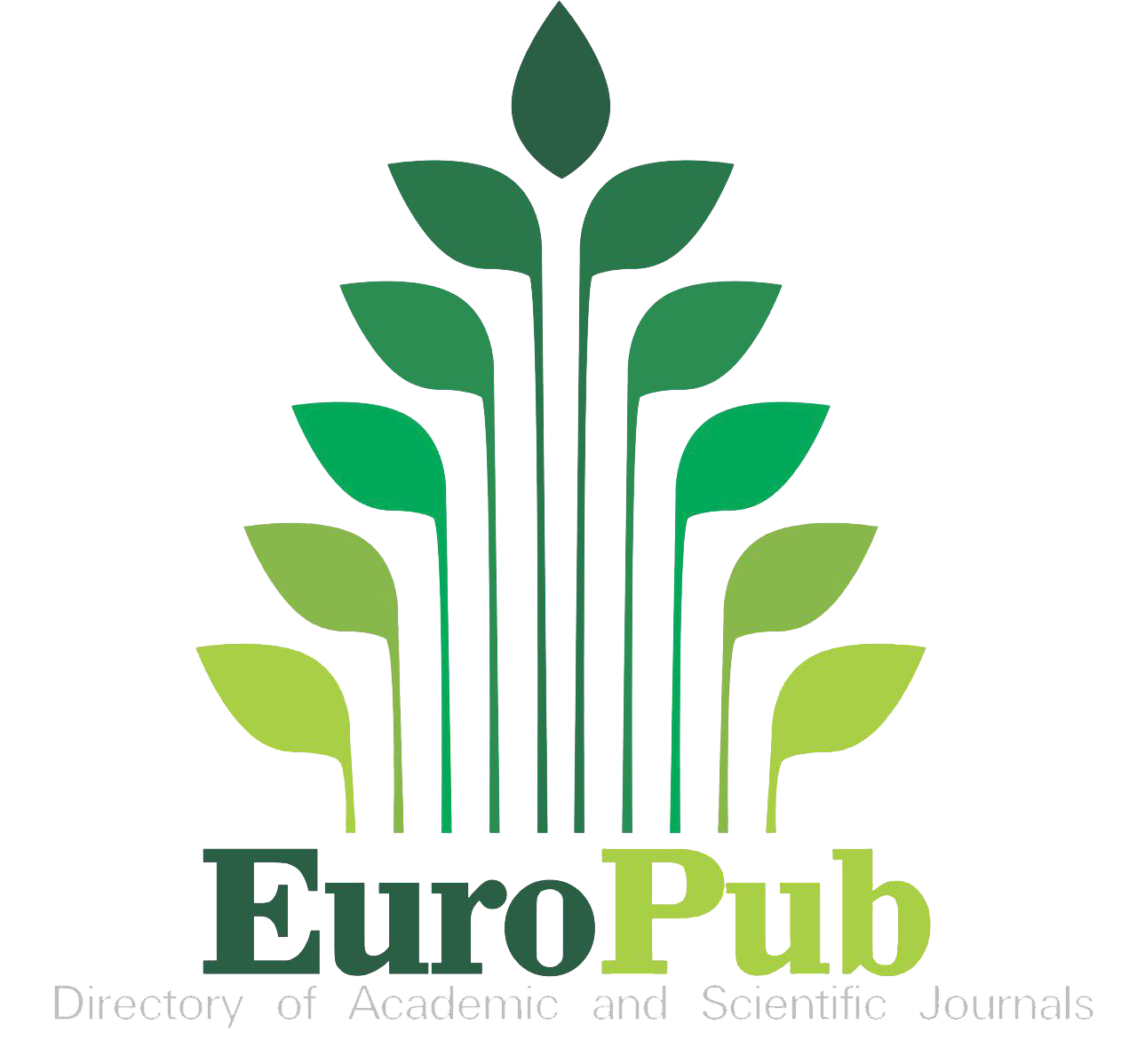Impact of Electromagnetic Radiation, Predation, and Habitat on House Sparrow (Passer domesticus) Abundance: Implications for Conservation Strategies
DOI:
https://doi.org/10.46243/jst.2025.v10.i05.pp01-21Keywords:
EMF, mobile towers,, electromagnetic fields,, house sparrow,, Passer domesticus,, predators, conservationAbstract
The house sparrow (Passer domesticus), one of the most widespread bird species across urban and rural
environments globally, has seen a notable decline in population in recent years, raising concerns among
ecologists. This study explores the factors influencing house sparrow abundance, including mobile towers,
electromagnetic field (EMF) exposure, and predation. House sparrows were recorded in 169 of the 205 study
sites, thriving in suburban (94.7%), urban (86.3%), and rural (80.4%) areas. While statistical analysis showed
no significant relationship between the presence of mobile towers and sparrow abundance, high-level EMF
radiation (E > 40V/m, M > 0.4μT) had a significant negative impact on their population, with a p-value of <
0.05. Predators, such as Eurasian sparrow hawks, house crows, monkeys, and cats, were also identified as
significant threats. Interestingly, artificial nests showed a positive influence, with an average encounter rate
of 15 ± 1.4 nests per block, indicating their potential for conservation. Soil type also played a role, with red
loam and black cotton soils found to support more favorable conditions for foraging and nesting.
This study underscores the influence of land-use practices, EMF radiation, and predation on house
sparrow populations, highlighting artificial nests as a viable conservation measure. Further research is
needed to explore additional factors affecting house sparrow abundance and refine conservation strategies
through artificial nest provisioning.


























